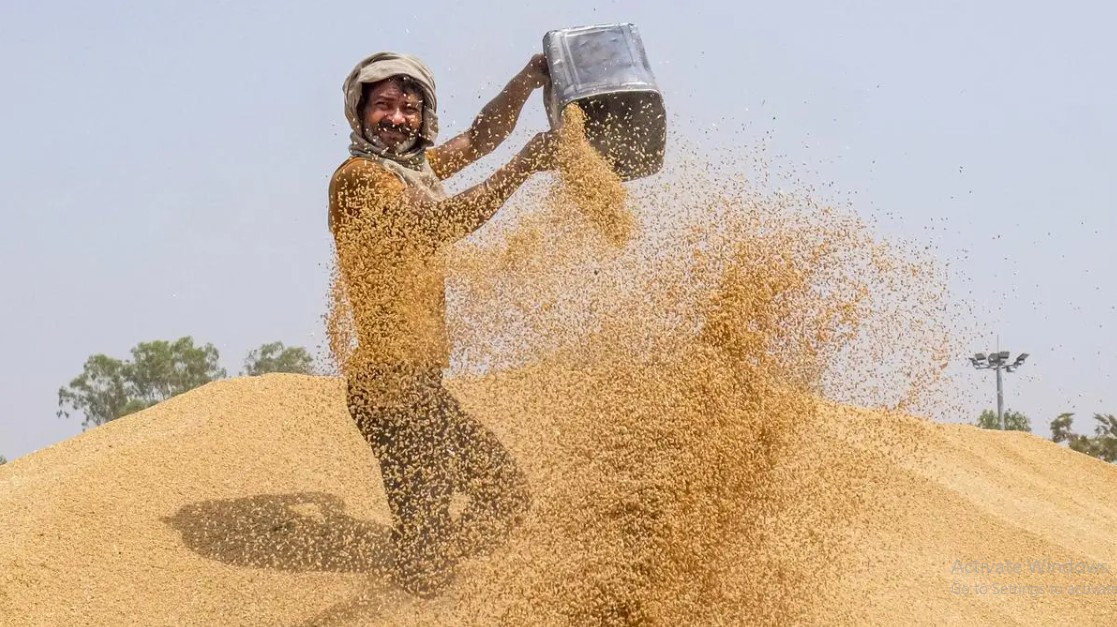The agricultural sector and its related industries continue to be the fundamental foundation of the Indian economy, providing numerous possibilities for employment. This sector contributes considerably to the country’s GDP and has a direct impact on food security, as well as supporting livelihoods and economic growth.
Despite several steps taken by the government to protect farmers against the crop losses due to the natural calamities and diseases through Pradhan Mantri Fasal Bima Yojana (PMFBY), farmers livelihoods are still threatened by technological difficulties and natural disasters.
Even with all the announcements of implementation of various schemes, agriculture insurance in India nis still small with focus only on crops. There should be an holistic view and more schemes to provide complete financial protection to farmers, encouraging sustainable practices and include wider coverage of livestock, agriculture tools and other assets of famers.
What has been done till now
In India, crop insurance has come a long way in the last five decades. It has improved from being just yield-based models to a tech-enabled and multi-stakeholder system that includes farmers, the state, central government, banks, related private agencies, and insurers.








